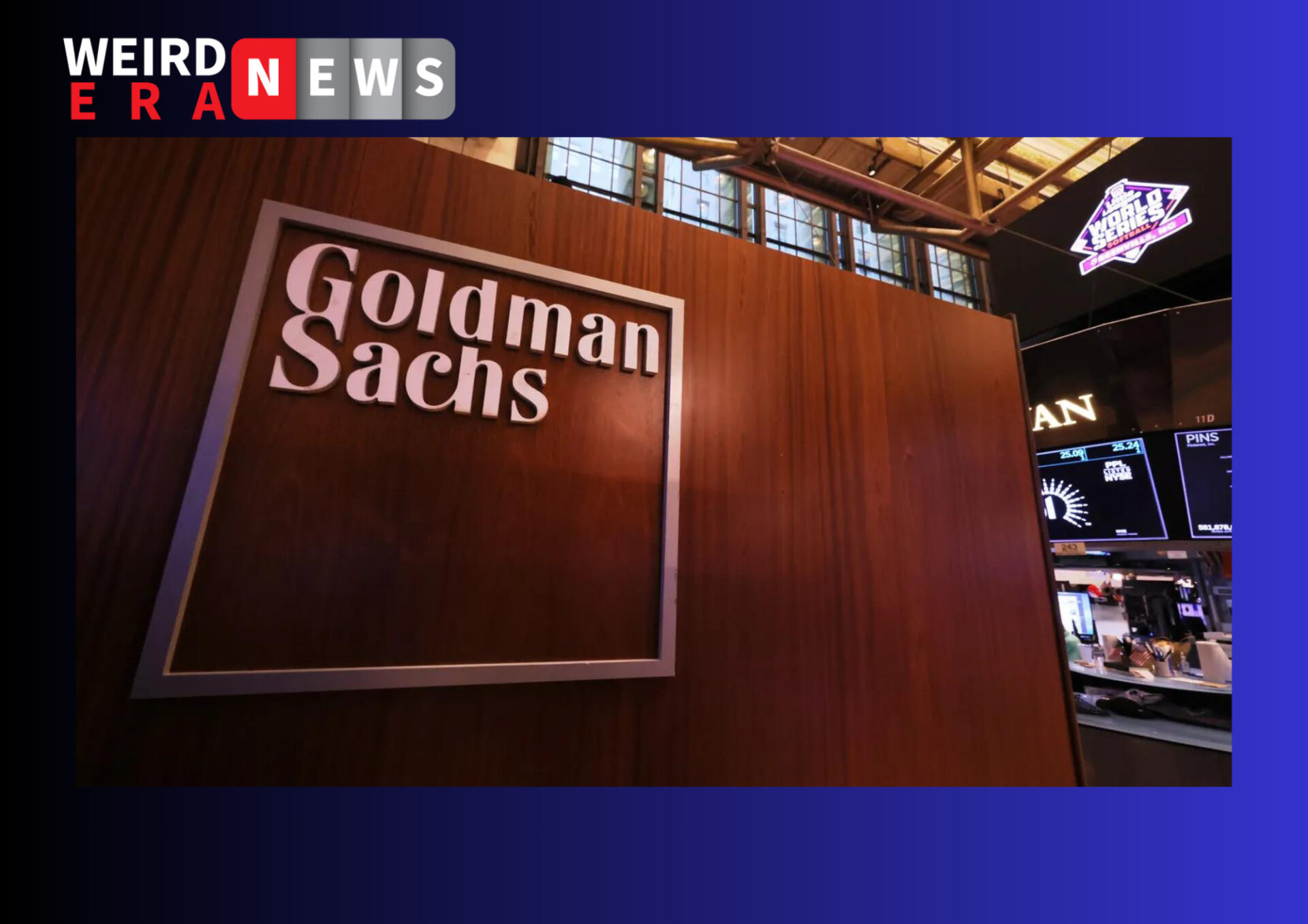Goldman Sachs delivered robust financial results in the fourth quarter, primarily fueled by exceptional performance in its asset and wealth management sectors. On Tuesday, the company revealed a remarkable 51% surge in profits compared to the previous year, reaching slightly over $2 billion.
Impressively, the revenue reached $11.3 billion, surpassing Wall Street projections, and earnings per share soared to $5.48, well above the expected $3.62, as indicated by analysts surveyed by FactSet.
Read More: Elon Musk Aims for Increased Influence Over Tesla, Pursues 25% Voting Authority
Surprisingly, the substantial gains for Goldman Sachs did not stem from its traditional strongholds of investment banking and trading. Investment banking revenue experienced a 12% decline, settling just below $1.7 billion, while trading revenue saw a 2.5% dip to $4.6 billion over the same period.
The standout performer was the asset and wealth management division, where revenue witnessed a substantial 23% increase from the previous year. The bank attributed its success to a strategic focus on simplification and significant investments in this division, closely tied to stock market performance.
Goldman Sachs CEO and chairman David Solomon expressed confidence in the bank’s achievements in 2023, emphasizing a clear and simplified strategy that positions them strongly for 2024.
In the previous year, Goldman streamlined its consumer market initiatives, discontinuing new loans on its Marcus consumer platform and seeking to terminate credit card partnerships with Apple and General Motors.
Despite the strategic shifts, dismantling the consumer arm proved costly, leading to eight consecutive quarters of declines before this latest report.
Additionally, Goldman faced a one-time fee from the Federal Deposit Insurance Corporation related to the regional banking crisis last spring. The bank paid $529 million to contribute to the resolution of issues arising from the collapses of Silicon Valley Bank and Signature Bank. While a substantial fee, it pales in comparison to the amounts paid by other major U.S. banks, such as JPMorgan Chase ($2.9 billion), Bank of America ($2.1 billion), and Citigroup ($1.7 billion).
Goldman Sachs’ stock experienced a 1.5% increase in morning trading, contrasting with Morgan Stanley’s, which reported a 32% decline in quarterly profit. Similar to its peers, Morgan Stanley’s earnings were impacted by one-time fees. Consequently, Morgan Stanley shares dropped 3.8%.

